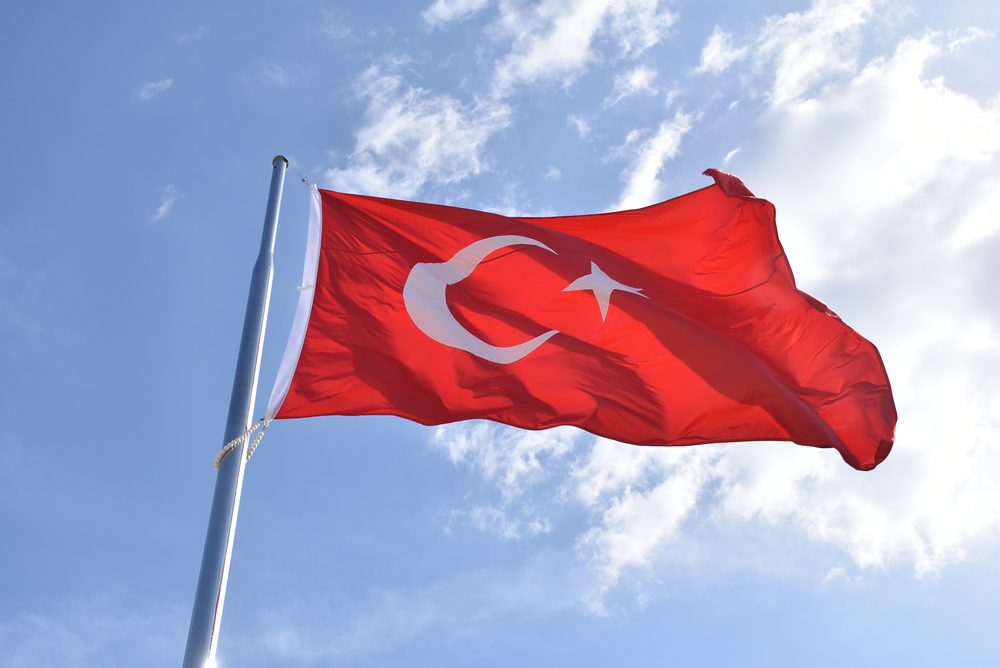In India, food is more than taste. It tells stories, holds memories, and represents a culture passed down for hundreds of years. Every dish on a table, in a street cart, or at a family feast has a story behind it. Attackers and traders have shaped it, and it has been loved by home cooks who made magic with what they had. The stories behind India’s most famous foods are a lot like the stories of India itself: they are complicated, full of different parts, and wealthy.
Biryani: A Feast Born of Cultures
Many people in the region love biryani more than any other dish. But what makes biryani more than just rice is how it shows India’s rich cultural diversity. Many people think of the Mughals when they think of biryani, but the dish’s roots go back even further to Persian and Arab traders who took the idea of seasoned meat and rice with them.
The Mughals added saffron, dried fruits, ghee, and slow-cooked meats to make biryani more luxurious. Since then, it has changed into many types specific to each area. It got stronger and more masala-y when it was brought to Hyderabad. Lucknow kept things light, elegant, and fresh with its unique dum style. Kerala added its seaside style to the biryani with Malabar spices. That’s because location, trade, and the people who cooked it changed each story. At its heart, though, it’s still the same dish: a way to celebrate and unite people, one slow bite at a time.
INDIAN VISA FOR OMANI CITIZENS
Butter Chicken: A Happy Accident in a Delhi Kitchen
You can’t go to a North Indian diner and not see butter chicken on the menu. This dish is a modern standard because it is creamy, rich, and cozy. But its roots are as simple and tasty as they are wonderful. Because of a lack of space, the dish was created in the busy kitchens of Moti Mahal in Delhi soon after Partition. Tandoori chicken that wasn’t sold at the end of the day needed to be used differently, so the cooks, led by Kundan Lal Gujral, chose to boil the chicken in a tomato-based butter stew.
What they made is nothing short of amazing. In India after Partition, food became one of the few things that stayed the same in a world that was changing quickly. Butter chicken didn’t just make people feel better when hungry; it also fixed hearts. Butter chicken is now a famous Indian dish worldwide, but its roots are still deeply and beautifully Indian.
Masala Dosa: A South Indian Love Letter to Simplicity
Masala dosa is a traditional South Indian breakfast that has become popular worldwide. Its golden sides and warm, spicy potato filling make it a must-try for anyone who wants to try a South Indian meal. But its roots go back to simple homes and family customs. The first dosa was probably a simpler dish—a soured crepe made from rice and beans. The “masala” filling was added when the country was a colony, and food was scarce.
The dish took on a new meaning in Mysore and Udupi, where temple food changed the local food scene. It was healthy, cheap, and easy to make enough of to feed many people. Over time, masala dosa became a sign of what it means to be South Indian. It is meatless, healthy, tasty, and wonderfully made in taste and skill.
Rogan Josh: The Aromatic Heart of Kashmir
Roger Josh is one of the meals that shows what a place is like. The bright red color, mild heat, and many layers of spices in this slow-cooked mutton curry make it more than just a delicious dish; it’s a cultural symbol. The dish came from Persia with the Mughals and ended up in the snow-covered mountains of Kashmir, where local products and cooking methods changed it.
The Kashmiri version is different because it has dried ginger, fennel seeds, and Kashmiri red chilies, which are more for their color than their heat. This dish has a long history and is often served at Wazwan feasts, which are formal multi-course meals that show how warm and welcoming Kashmiri society is. That’s not all that Rogan Josh is—it’s comfort food for a cold land, a dish that wraps you in taste and history.
Chaat: Chaos in a Plate
If India’s high-end restaurants have their stars, then its streets have their chaat, a crazy mix of textures and tastes. But the story of how chaat came to be is also based on survival. A story says that when an illness spread through Delhi through water during the rule of Emperor Shah Jahan, a local hakīm (doctor) told people to eat spicy and sour foods to kill the bugs that were making them sick. This is how the first version of chaat came to be.
Over many years, chaat changed into its style. It became popular because it was easy to adjust, cheap, and could be used in many ways. It’s too much of a good thing to handle: fried dough, yogurt, chutneys, pomegranate seeds, and sev. And most of all, chaat makes us think of the brave, varied, and unabashedly tasty Indian spirit.
INDIAN VISA FOR MYANMAR CITIZENS
The Legacy Served on a Plate
In India, eating is like participating in a ceremony that goes back thousands of years. To taste it is to feel the hard work of farms, the feel of home cooks, the imagination of chefs, and the movement of ideas across countries and borders. India’s most famous meals aren’t just made from certain products; they’re also about being strong, coming up with new ideas, and having a great love for food as a way to connect with others.
Next time you enjoy a bowl of biryani or a piece of butter chicken, know that you’re not just eating. With every food, spice, and bite, you participate in a story that started hundreds of years ago and is still being written.
Read more: India’s UNESCO Sites You Shouldn’t Miss




